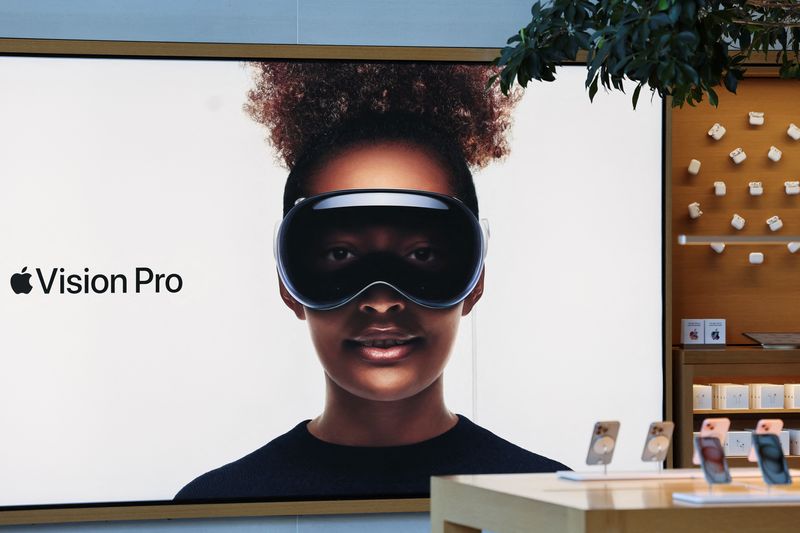Apple has reportedly shifted its wearable technology strategy, halting a planned overhaul of the Vision Pro mixed-reality headset to focus instead on developing AI-powered smart glasses. The move highlights Apple’s pivot toward lightweight, everyday wearables designed for mainstream adoption, as it looks to challenge Meta Platforms in the consumer smart eyewear market.
From Headsets to Everyday Glasses
Industry sources say Apple has begun reallocating engineering talent and resources away from the Vision Pro to accelerate progress on smart glasses. Unlike the Vision Pro—positioned as a high-end device for niche applications—the glasses are expected to emphasize portability, affordability, and seamless integration with Apple’s ecosystem.
Analysts suggest this shift acknowledges the reality that long-term adoption will be driven by devices that fit naturally into daily life. The Vision Pro, while praised for its cutting-edge technology, has faced pushback for its high price and limited mass-market appeal.
“Smart glasses are seen as the holy grail of wearable computing,” one market analyst noted. “Apple understands that whoever delivers a sleek, functional product first will define the next chapter of personal technology.”
AI at the Core
Apple’s smart glasses are expected to harness artificial intelligence and machine learning to provide:
- Real-time contextual information
- Navigation and communication tools
- Deeper integration with Siri, Apple Maps, and Apple Health
- Lightweight AR overlays for digital interaction without breaking real-world engagement
This positions the product as a potential everyday companion device, with the long-term possibility of evolving into a smartphone alternative.
Rising Competition with Meta
The pivot comes as Meta expands its own wearable lineup, including Ray-Ban smart glasses co-developed with Luxottica. Apple’s entry could set up a new rivalry reminiscent of the smartphone wars, with both firms vying to define the future of personal tech.
Looking Ahead
While Apple has not confirmed launch timelines, insiders suggest the smart glasses project could become a central focus of its wearable portfolio by the late 2020s. For now, the company appears committed to leading the shift from bulky mixed-reality headsets toward sleeker, AI-driven devices capable of mass adoption.

